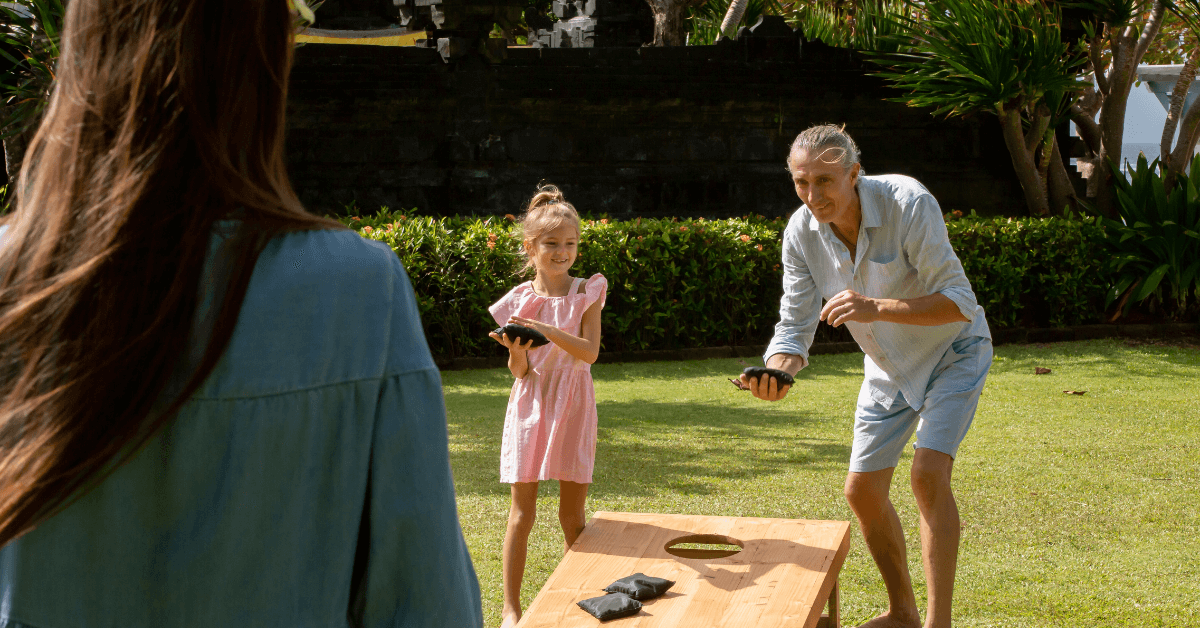If you’ve been following our blood sugar series, you’ve seen us explore the surprising link between Alzheimer’s and insulin resistance—what some researchers now call Type 3 Diabetes.
Today, we’re exploring one of the most powerful and often overlooked tools for supporting blood sugar and brain health: movement. Not just walking after meals (though we still swear by that), but also building muscle—in simple, doable ways that work, even for someone who doesn’t like working out.
And that someone? Is our mom.
She’s never been a fan of lifting weights. So… we turned it into a game.
We bring out a small, bright-colored rubber ball and a 5-pound circle weight a few times a week. We toss the ball to her, and she sends it back using the weight, basically a fun, resistance-style version of catch.
While sneaking in a few playful complaints, she’s engaged and laughing and doesn’t even realize she’s doing 25 to 50 reps.
The best part? She always asks to play again.
And beyond being fun, it’s effective. This simple game helps her:
- Build upper body strength.
- Stay focused and alert.
- Engage her brain through movement and coordination.
Squats After Meals: Our Unsung Hero
After every meal, we do squats together—usually just 10 at a time. There is no pressure, and we don’t wear gym clothes. It’s just a tiny, built-in part of our daily rhythm.
The result?
Her legs are stronger. She’s more stable on the stairs. And getting up from a chair takes a lot less effort.
This simple habit has helped her stay mobile and independent longer than expected.
The Weighted Vest Trick
We also sneak in muscle-building with the help of a cozy weighted vest.
It looks just like a soft fleece zip-up but quietly adds resistance. The weights are adjustable—we started her off with 5 pounds and have been gradually working up to 10.
She wears it without a second thought—around the house while tidying up, walking from room to room, or standing up from the couch.
No dumbbells. No structured workout. Just everyday movement that adds up in powerful ways.




